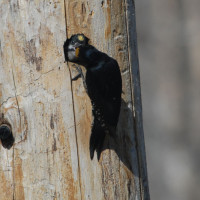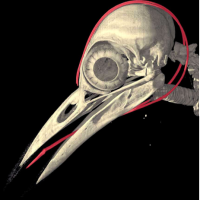Dedicated to Protecting Our National Forests
Through the programs listed below we get the truth out about the importance of dense mature/old forest and the ecological benefits of natural processes, such as fire, for native wildlife and overall biodiversity of our forests, while we fight to end the devastation to our forest ecosystems from commercial logging.
BREAKING NEWS:
Did You Know
that dead trees do not increase the occurrence or intensity of wild fires? Or that Bark beetles are a native species and not an invading force?
In fact, not only do dead trees and Bark beetles not increase fire risk, they are both essential to a healthy forest ecosystem.
Native Bark beetles always exist in our forest, but at certain points in time, such as during a period of drought, these insects increase their numbers in order to weed out the less fit trees, creating snags (dead trees), and enabling the fittest trees with the best DNA to have the resources they need to survive. This creates a healthier, more resilient (able to survive the tough times) forest.
Not only do Bark beetles improve forest health, they also increase native biodiversity. They themselves are a food source for many birds and even other insects, and the dead trees they create provide homes for cavity nesting birds and mammals and permit flowering and berry producing shrubs to germinate in the sunlight attracting even more species!
Wildlife Species of the Month
The Black-Backed Woodpecker (Picoides arcticus)
This very rare bird depends upon large patches of habitat created when high-intensity fire burns in dense, old conifer forest. This habitat is only suitable for Black-Backeds for about 7-8 years after a fire burns, at which time they must find a newly created high-intensity fire area within 30 miles or so of their current home. The larger the high-intensity fire patch and the larger the trees the longer an area remains suitable. Post-fire logging projects eliminate their habitat and their presence in these areas.
Black-Backed Woodpeckers are specifically designed to fit into the burned landscape. They are highly camouflaged, with their jet black backs protecting them from predators. They have only three toes, instead of four (one of only two bird species in North America with this feature) which gives them added heel mobility and enhanced strike force, making it possible for them to forage and excavate nest cavities in recently killed trees (otherwise known as hard snags). In fact they mate for life, and excavate one or more new nest cavities every year. They are quite simply the homebuilders of the burned forest as their unused or old nest cavities provide nests for other animals such as mountain bluebirds, nuthatches and flying squirrels, to name a few. Because this woodpecker strikes dead trees (snags) which have not yet decayed with such force they evolved with fluid sacks in their skull which fill up before each strike (similar to an air bag in your car), protecting their brain from impact.
Unfortunately there exist no protections for this unique and important animal or its habitat, which is why the John Muir Project and the Center for Biological Diversity have petitioned to have it protected under both the California and Federal Endangered Species Acts.
God never made an ugly landscape. All that the sun
shines on is beautiful, so long as it is wild.
John Muir in “The Wild Parks and Forest Reservations of the West”
The Atlantic Monthly, Volume 81, Issue 483, January 1898

 Fire
Fire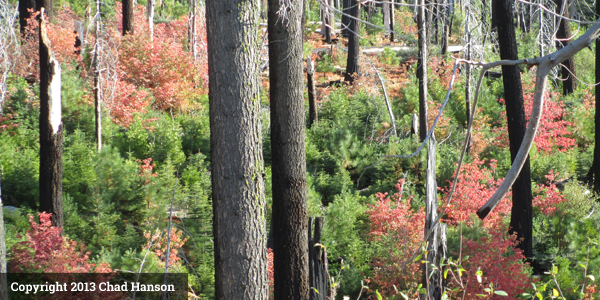 High Intensity Fire
High Intensity Fire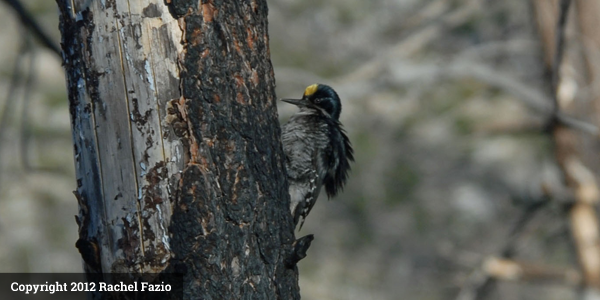 Black-Backed Woodpeckers
Black-Backed Woodpeckers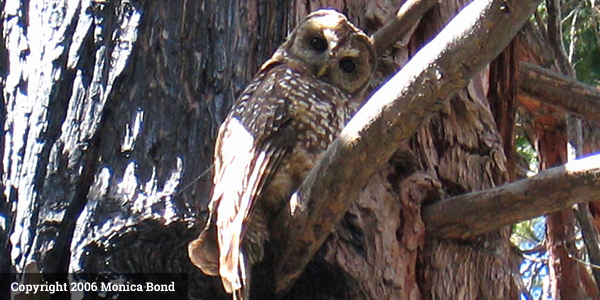 California Spotted Owls
California Spotted Owls The Pacific Fisher
The Pacific Fisher